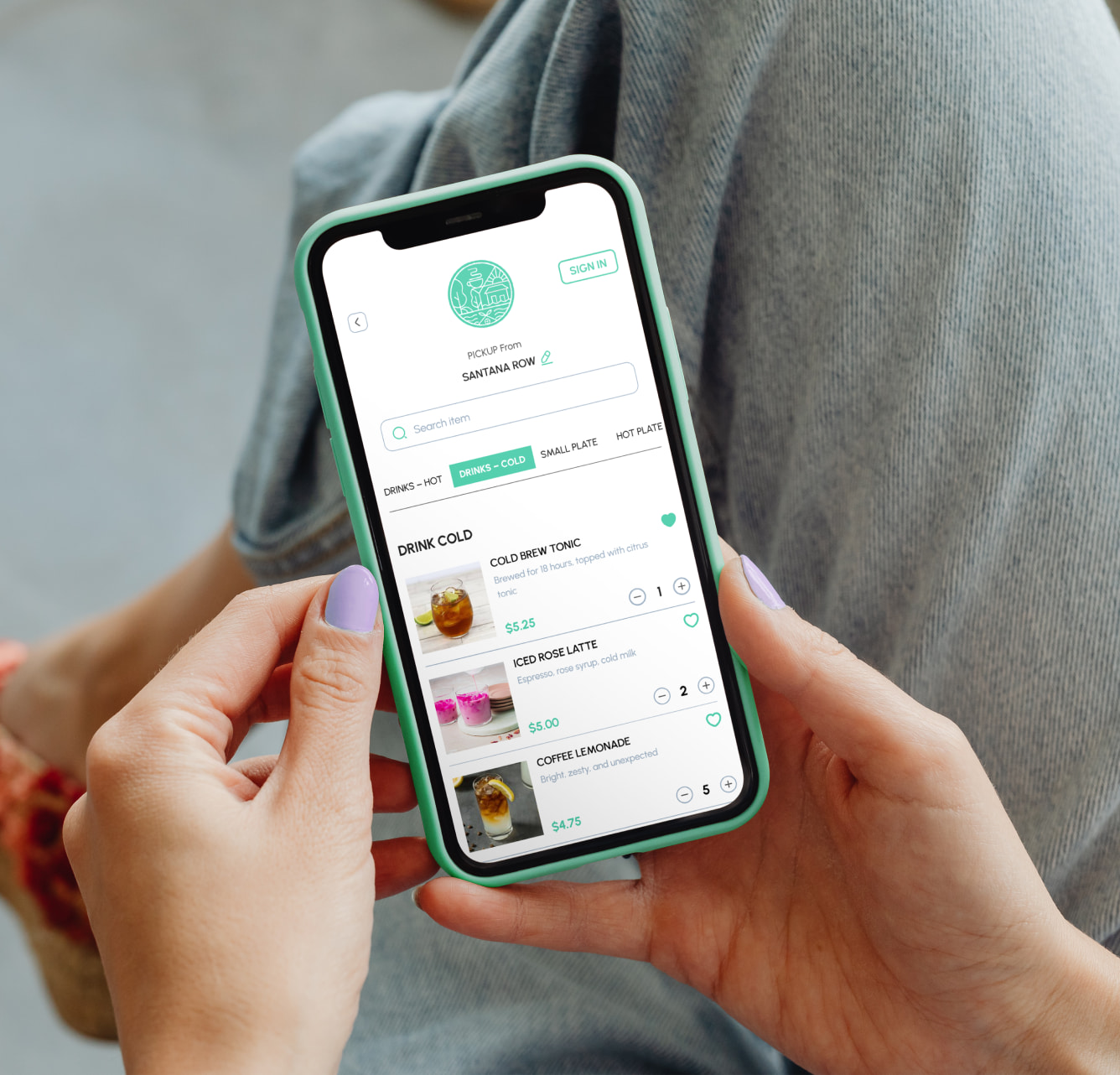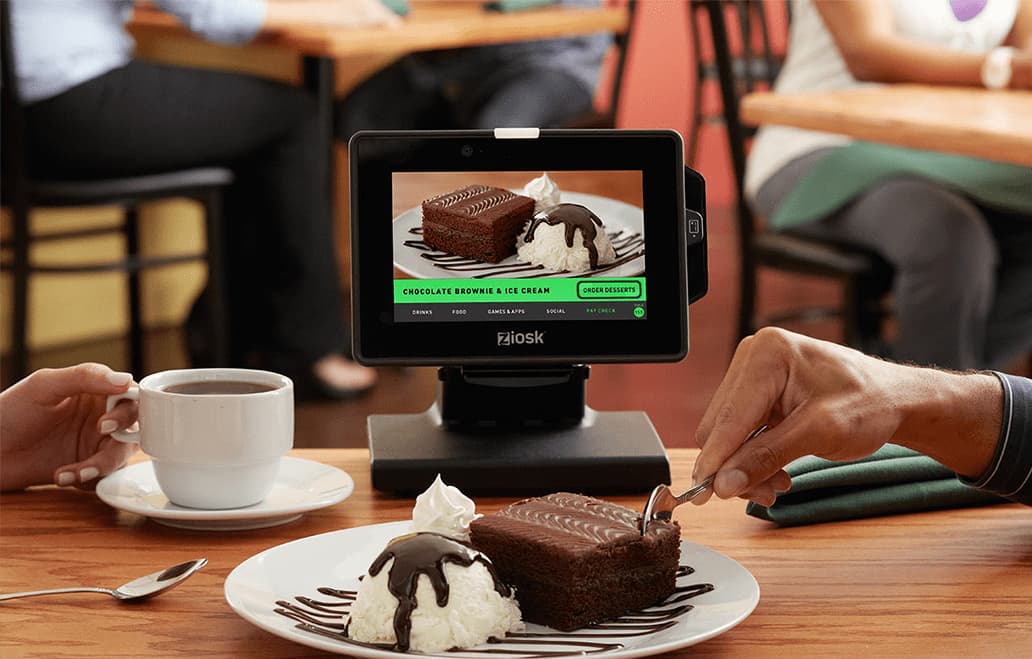Key Takeaways
DIY vs. Professional: Choosing the Right Online Food Ordering System in 2025
The restaurant industry is evolving rapidly, and online food ordering is no longer an option—it’s a necessity. When setting up an online ordering system, restaurant owners often face a crucial decision: Should they opt for a DIY (Do-It-Yourself) system or invest in a professional service?
While DIY solutions promise affordability and control, they often come with hidden challenges. On the other hand, professional services provide expertise and support but may come at a higher cost. Let’s break down the pros and cons of each to help you make the best choice for your restaurant in 2025.
1. The Rise of DIY Online Ordering Systems
DIY platforms are designed to be user-friendly, offering templates and pre-built modules that restaurant owners can set up independently. These systems usually include:
- Drag-and-drop website builders
- Basic payment integration
- Standard menu setup
- Simple reporting tools
Pros of DIY Ordering Systems:
✅ Lower initial cost – Monthly subscription-based pricing.
✅ Full control over customization – Make changes anytime.
✅ Quick setup – Ideal for small restaurants or startups.
Cons of DIY Ordering Systems:
❌ Time-consuming – Requires ongoing management and technical know-how.
❌ Limited scalability – May lack advanced features as your business grows.
❌ Lack of dedicated support – Troubleshooting and maintenance fall on the restaurant owner.
2. Why a Professional Online Ordering System Might Be the Better Choice
A professional online ordering system is managed by experts who handle backend operations, security, and customer support. These systems offer:
- Custom website and app development
- Advanced analytics and reporting
- Integrated loyalty programs
- AI-driven personalization and marketing tools
- Automated order management and inventory tracking
Pros of Professional Services:
✅ Saves time and effort – Focus on running your restaurant while experts handle tech.
✅ Highly scalable – Adapt to changing customer demands and market trends.
✅ Robust security and compliance – Protection against fraud and cyber threats.
✅ Comprehensive customer support – Get help when you need it.
Cons of Professional Services:
❌ Higher upfront costs – Investment required for setup and customization.
❌ Dependency on third-party service – Changes and updates might need external approval.
3. Understanding Your Needs: Which Option is Right for You?
To make an informed decision, evaluate your restaurant’s size, technical capabilities, and business goals. Based on industry trends, restaurant owners generally fall into these three categories:
1. Full-Service Professional Support (Best for busy restaurateurs)
- Restaurants that prefer complete hands-off management.
- Need menu setup, payment gateway integration, and promotions handled by experts.
- Focus is on customer experience rather than backend operations.
➡ Best Choice: A fully managed professional online ordering system.
2. Hybrid Approach (For tech-savvy restaurant owners with support needs)
- Restaurants with a moderate level of technical know-how.
- Capable of handling daily operations but need occasional assistance for complex menu setups, integrations, and marketing tools.
➡ Best Choice: A semi-managed online ordering system with expert support on demand.
3. DIY System (For restaurants with in-house IT teams)
- Large restaurant chains with dedicated tech teams.
- Businesses that want full control over the system and can manage software updates, security, and integrations independently.
➡ Best Choice: A self-hosted or open-source online ordering platform.
4. Key Trends Shaping Online Food Ordering in 2025
Regardless of whether you choose DIY or professional services, your online ordering system should align with the latest trends:
- AI-driven chatbots for customer service
- Voice-activated ordering integration (Alexa, Google Assistant)
- Personalized recommendations based on past orders
- Integration with delivery partners like DoorDash and UberEats
- Loyalty programs and automated reordering features
Conclusion: Choose Wisely to Maximize Success
If you’re looking for a quick, cost-effective solution and have time to manage technical issues, a DIY online ordering system might work for you. However, if you want a scalable, hassle-free system that grows with your business, investing in a professional online ordering service is the smarter long-term choice.
Need a professional online ordering system tailored for your restaurant?
Contact Restolabs today to get started!
Frequently Asked Questions


.gif)






.png)

